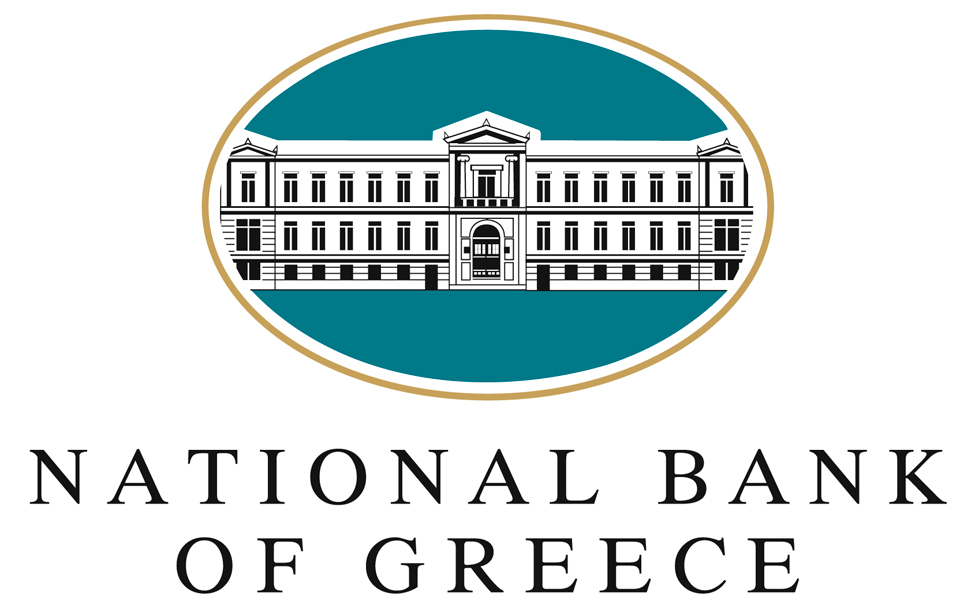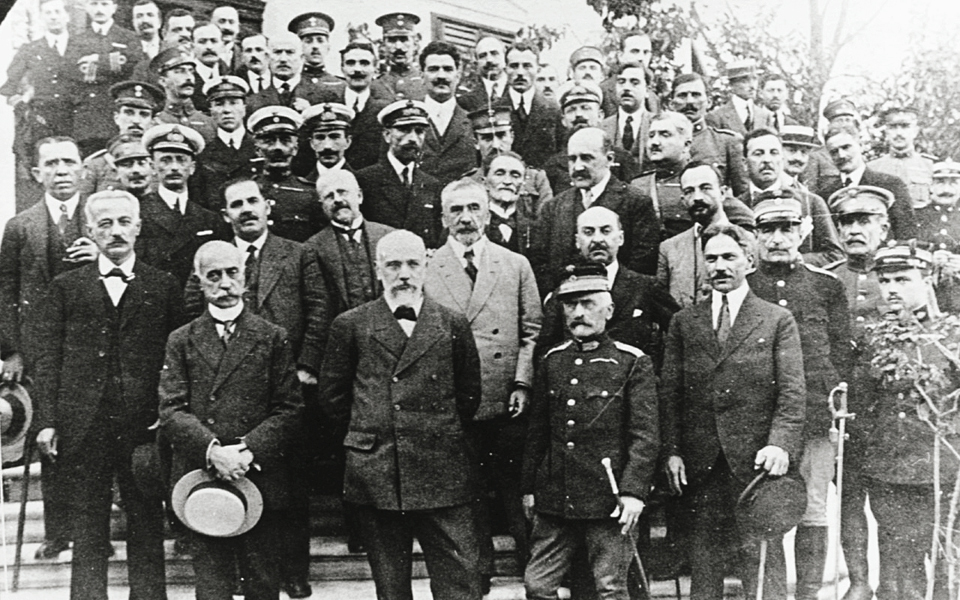MIET’s long-standing contribution to the arts and sciences has been significant and vigorously supported by the activities of its Cultural Center as well as the Hellenic Literary and Historical Archive (“ELIA”) in Thessaloniki.
MIET was set up in 1966 as part of the Bank’s 125th anniversary celebrations, when the management of the Bank under Georgios Mavros decided to create a cultural foundation that would contribute to letters, fine arts and the sciences. Its activities, however, were interrupted by the military coup in 1967, though it commenced its work again in 1974 on the restoration of democracy, when Georgios Mavros, who in the meantime had been appointed Deputy Prime Minister of Greece, enacted legislation to this end.
The approximately 300 publications, in accordance with its statutory purposes, aim primarily to meet the teaching needs of universities and already many of them are used as textbooks in higher education. Currently, however, MIET has expanded in various areas, such as the collection of works of art and the organization of exhibitions. Apart from the Center in Thessaloniki, MIET manages two other major cultural centers in Athens and Patras. It has also set up the “Archive of Cartography of Greek Regions”, the “Historical and Palaeographical Archive” and the pilot “Paper Conservation Laboratory”, while it also manages the “Alexis Minotis Bequest in Memory of Katina Paxinou”.
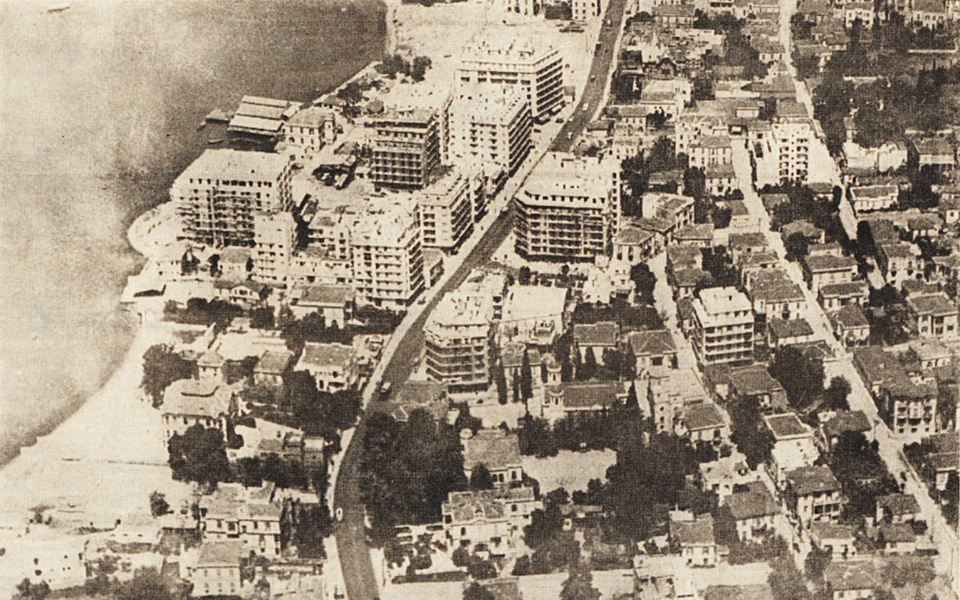
Thessaloniki Cultural Center
NBG Cultural Foundation
The Center was established in 1989 as the National Bank Cultural Center of Northern Greece. In 1997, it was subsumed under MIET.
To date, the Thessaloniki Cultural Center of MIET has organized exhibitions jointly with the French Institute of Thessaloniki, the Goethe Institute, the British Council of Thessaloniki, “Christos Kalemkeris” Photography Museum in Kalamaria, the Thessaloniki Contemporary Art Center, the Benaki Museum, as well as the Albert-Kahn Museum (Paris).
Since early 2000, the Center has run a bookshop, which stocks all the currently available publications of the Foundation, National Bank of Greece and its Historical Archive.
“Currently MIET has expanded in areas such as the collection of works of art and the organization of exhibitions.”
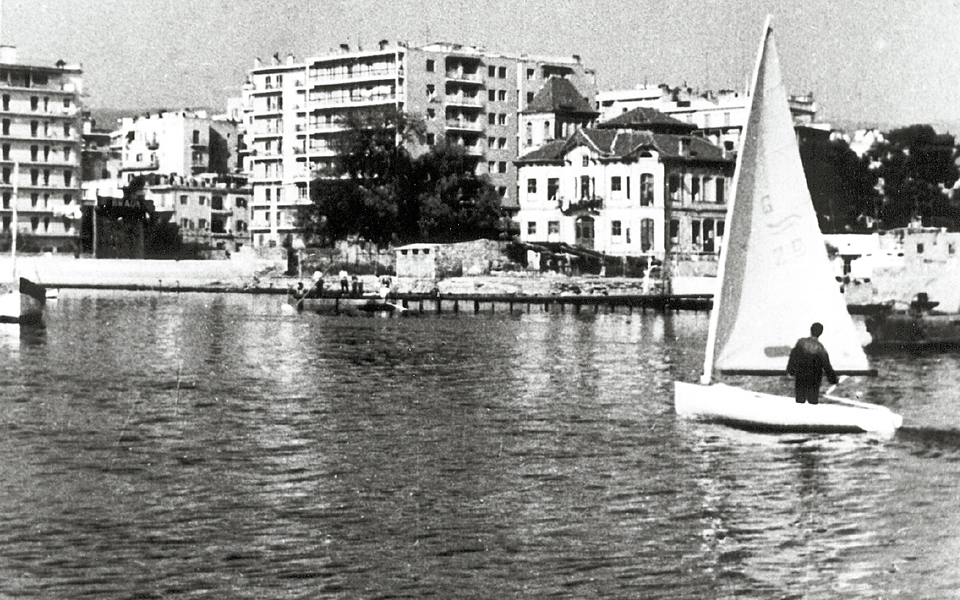
© © A. PAPAIOANNOU COLLECTION, ELIA/ΜΙΕΤ THESSALONIKI.
Elia-Miet
The Hellenic Literary and Historical Archive (“ELIA”) – originally founded about 35 years ago in Athens – set up a branch in Thessaloniki in 1997. It is today housed in MIET’s Cultural Center and contains archives, a library, a reading room and an exhibition area.
ELIA’s collection includes archives of historical, literary, economic and commercial interest. It has established and digitized a significant archive of oral testimonies from the period of the Greek Resistance and the Civil War mainly from the region of Western Macedonia, while it also hosts a small museum area exhibiting household and personal belongings of Nikos-Alexis Aslanoglou, a Thessaloniki-born poet.
ELIA’s library in Thessaloniki includes over 10,000 volumes on subject matters related mainly to Modern Greek history and literature and hundreds of journals and periodicals of literary, historical and political interest.
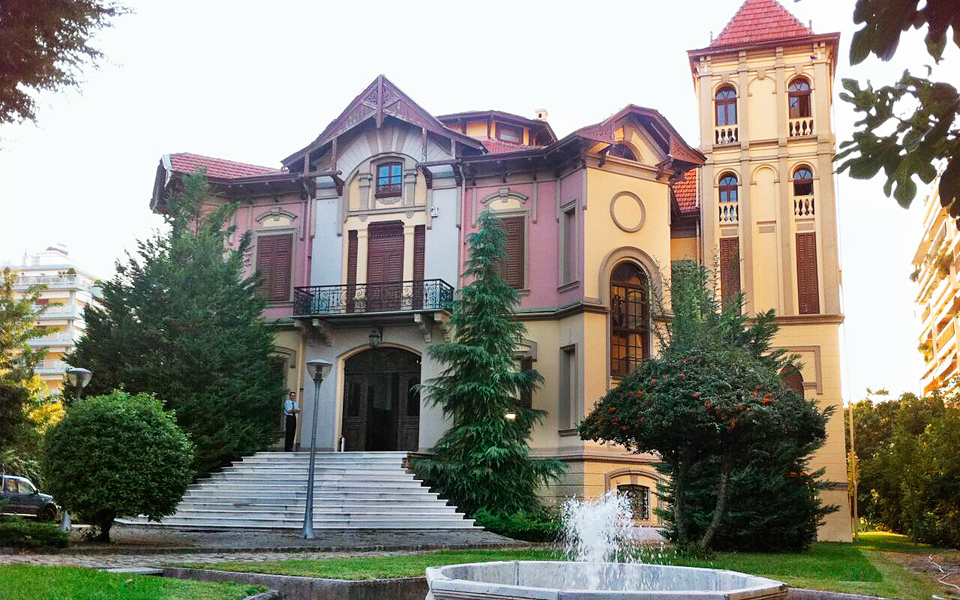
Villa Kapandji
MIET’s Cultural Center in Thessaloniki, like ELIA, has the privilege of being housed in a building of unique historical value built in the early 20th century (at 108, Vasilissis Olgas Ave.). It is one of the few mansions to have remained from the old town of Thessaloniki and has been linked over the years with personalities and events that marked the history of the city. Its construction cost more than 40,000 gold sovereigns, a huge sum at the time, paid for by the Kapandji family, the original owners and a leading commercial family of the city since the late 18th century. Momentous historical events took place in the building, such as the signing of the Greek-Serbian Alliance in 1913. It was the residence of Eleftherios Venizelos during the period of the provisional government under the so-called triumvirate (1914-1917), while during the Greek-Italian conflict in the first part of the Second World War it was used as a military bakery. The Mansion was later used to house schools, until it was eventually abandoned in circa 1972. Ten years later, in 1982, the decision was taken to restore the building. Restoration work was completed in 1989, whereupon it served as NBG’s Cultural Center (until 1997), and thereafter, through to the present, as MIET’s Cultural Center.
